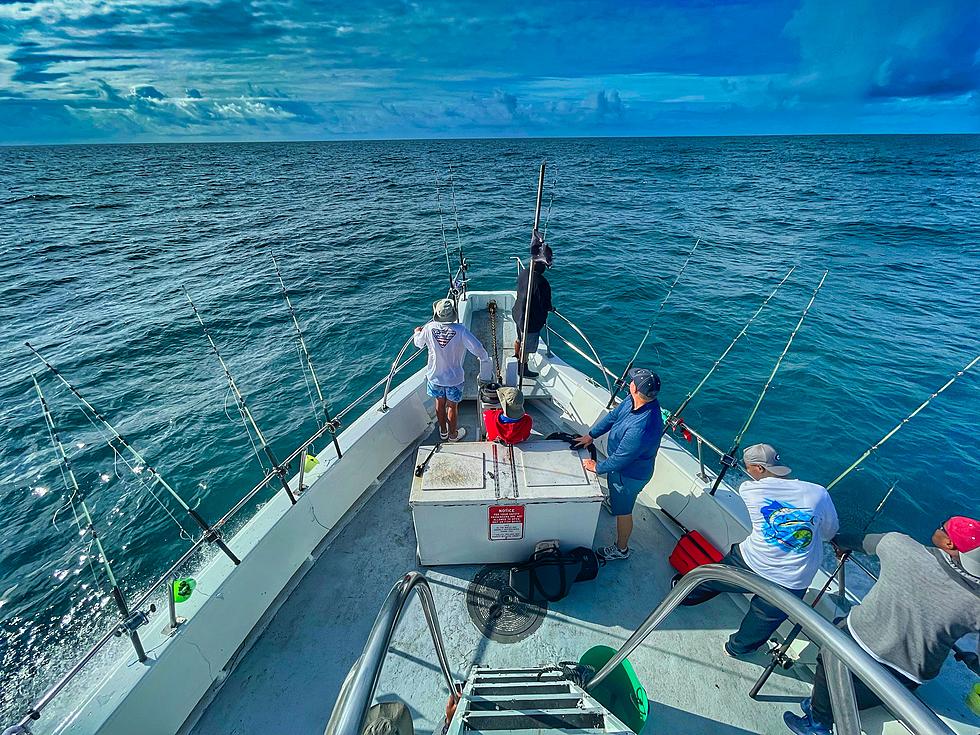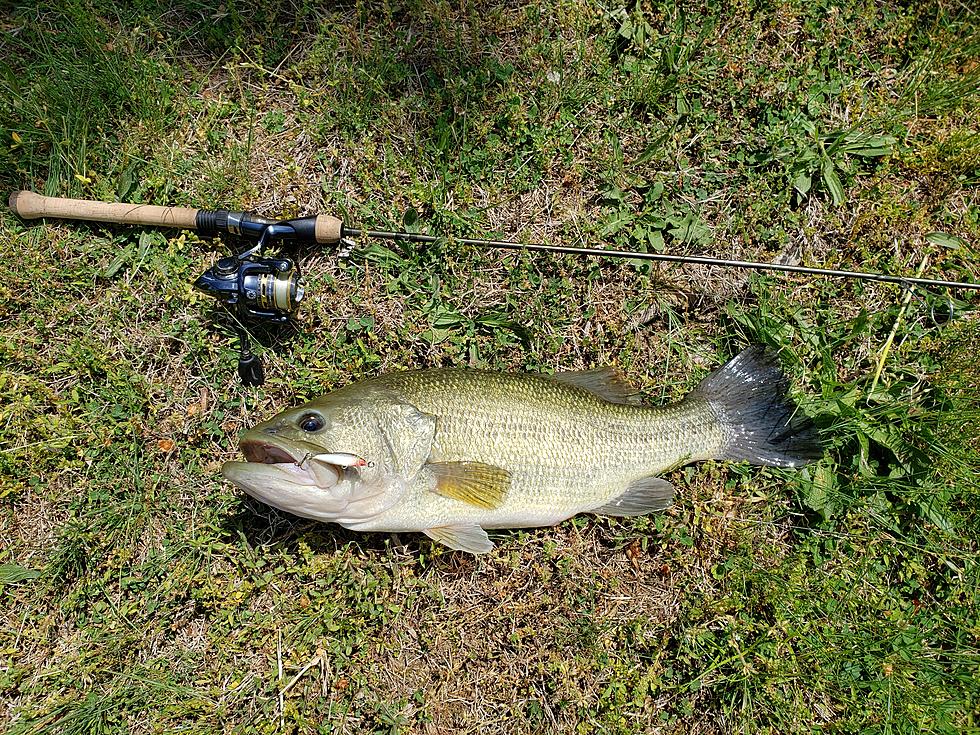
Jetty Tog Are Rockin’
While the blackfish (tog) action out front over the wrecks and reef structures continues steady and will improve, those without a float can still get in the action with these delectable toothsome crab crunchers by getting on the inlet rock formations and dropping down a rig or jig baited with a chunk of green crab, sand flea (mole crab), Asian crab or cut of fresh clam.
Raking a supply of sand fleas is going to be difficult via the cold surf waters. The one location that still has a supply of sand fleas for sale is One Stop Bait & Tackle in Atlantic City. In a pinch, we’ve used pieces of the Fishbites Sand Flea strip, and they’ve caught some tog.
It’s not going to last much longer as the inlet waters really start chilling, but right now figure a couple of weeks, plus maybe a few days, the jetty blackfish bites will be red hot, white hot, on fire, inferno...well, you get the intensity of the chomp!
Several inlet jetties that are providing exemplary dropping for tog include Absecon, Barnegat, Longport, and Townsends.
This is in close, tight fishing. Generally a lob out to the edge of the rocks or a drop into the here-and-there holes. Sometimes at high tide tog can be picked off by dropping a bait into one of the cracks and holes in the jetty itself where the tog are hiding and/or hunting crabs in the openings below. No kidding. We’ve watched tog to four pounds wrestled through some of these gaps.
Rig or jig is a matter of preference. The advantage of the former is that many come in (or can be tied) in a two-hook setup... more meat in the face of a hungry blackfish. The downside with adding the sinker is that there are more chances of snagging...and getting stuck and losing tackle is part of the togging game. The advantage of the jig is that it’s a one-option presentation, i.e. chunk of crab on the jig head, so the chances of snagging are significantly reduced. This, plus it’s a one-point of contact and makes detecting the quick take of the fish that much quicker, generally resulting in more hookups.

Again, to each their own.
We’ve been tuned in to the jig approach for more than a decade and have come to rely on a couple of proven brands, including the white chin wrecker series by S&S Bucktails.
When probing the jetties, it’s the ¾ to 2-ounce sizes that will prove the most effective. Insofar as color, brighter is better in our book, with glow, white, orange, and chartreuse as the standards when it comes to putting tog in the bucket. However, we know some super successful jetty aces who employ darker and/or more “natural” color patterns, sometimes even the unpainted plain lead variety, and consistently score.
The daily limit is five tog at a 15-inch minimum.
7 reasons why you need to kill the spotted lanternflies infesting NJ
LOOK: Here are the pets banned in each state
More From Cat Country 107.3










